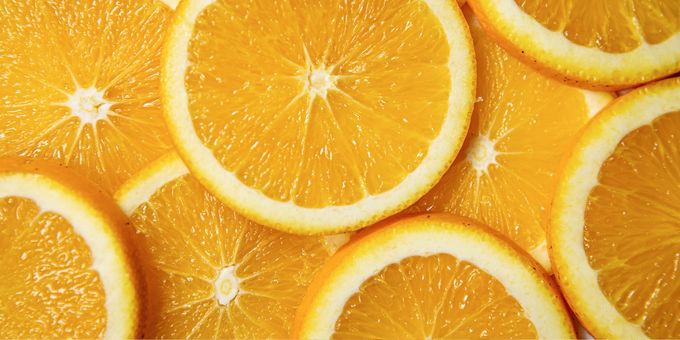Found in fruit, cereals, bread and even veggies, fructose is all around us – but it’s not all cut and dried. Read on for the low down on all things fructose.
With the 8-Week Program kicking off next month, we figured it was a good time to share some hard truths about fructose.
Fructose is sucrose’s other half.
Sugar is made up of sucrose, which is contains two other types of sugar: glucose and fructose. This means whenever you get a sugar hit, you can’t avoid the fructose – and we’ll get into why this leads so many to ditch sugar or significantly reduce their intake for better health. Excess intake may cause insulin resistance, and type 2 diabetes, as a result.
Here are some of the foods you’ll find fructose in:
- Fruits and some vegetables.
- Soft drinks.
- Sauces, including tomato, mayo and mustard.
- High-fructose corn syrup.
- High-fructose corn syrup has similar amounts of fructose as table sugar.
High-fructose corn syrup has been under fire in recent years – and for good reason. But what you might not know is that regular old table sugar has the same amount of fructose. Something to keep in mind when you’re deciding the healthiest way to add a little sweetness to your morning oatmeal or coffee. If you need a little extra help finding the best sugar alternatives that won’t spike your blood sugar levels, check out our guide here.

Fructose is primarily metabolised by the liver.
Fructose, unlike glucose, which is absorbed into the small intestine and then used for energy – cannot be broken down by the body and instead requires the liver to metabolise it. Problem solved right? Well, not quite. If we consume too much fructose, we can overwhelm the liver and as a result, conditions ranging from heart disease to fatty liver disease may develop.
Affecting around a quarter of the population non-alcoholic fatty liver disease is a rapidly growing public health crisis. Even kids aren’t exempt, with one study finding 12% have the condition. Fructose is known to cause the development of visceral fat – the worst kind – which is that which wraps around the organs. It can also lead to obesity and diabetes, with non-alcoholic fatty liver disease projected to become the become the leading cause of cirrhosis, fructose is no joke.
Fructose wreaks havoc on your appetite.
Afternoon slumps, blood sugar spikes and intense cravings are all par for the course with fructose. To curb those cravings and tide you over between meals, we recommend adding some more fatty acids into your diet. Healthy fats keep you fuller for longer, with some – known as medium chain triglycerides – having been found to decrease appetite and reduce sugar cravings. We recommend filling your trolley with some nuts, coconut milk and avocados – which are cheap as chips right now – to get your dose of these healthy fats.

Fruit is the safest way to eat fructose.
The added fibre of fruit takes the edge off of fructose, in fact, if you’re going to be eating fructose, this would be one of the few healthy ways to go about it. The reason for this is that the fructose binds to the fibre in fruit, slowing the absorption rate of the sugars and taking some of the heat off our livers. Some fruits that have the lowest levels of fructose include passionfruit and pineapple.
We know how hard it can be to kick intense sugar cravings to the curb and that’s why we’re hosting the 8-Week Program where we’ll be going sugar-free. With meal plans, shopping lists and ongoing support, you’ll be guided every step of the way. If you’re ready to transform your relationship with food, and take your wellbeing into your own hands, sign up HERE.






Leave a comment (all fields required)